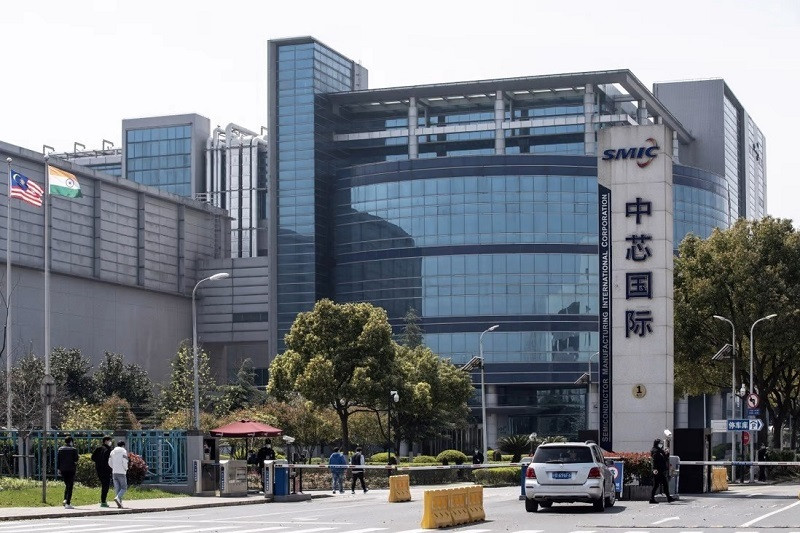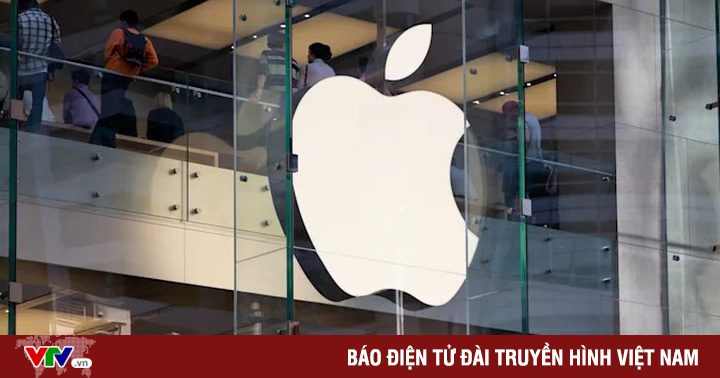2/3 of the employees of China’s largest chip company eat and sleep at the factory
SMIC said that more than 60% of employees in Shanghai are sleeping in complexes, showing the great pressure they face inside and outside the city to maintain China’s semiconductor supply chain. SMIC is one of Shanghai’s most important enterprises and is also the flagship of the country’s semiconductor self-reliance efforts. The company has been operating under a “bubble” model since mid-March.
Responding to SCMP, the SMIC representative said that production was normal and the capacity used was at a higher level, but did not specify exactly how much.

SMIC was among the first 666 businesses allowed to resume operations by the Shanghai government, provided that certain Covid-19 prevention and control requirements were met. Others include Hua Hong Semiconductor, Shanghai GTA Semiconductor, ASML Shanghai, Advanced Micro-Fabrication Equipment and Applied Materials. There are about 60 semiconductor companies listed in Shanghai’s “white paper”, but these are only a minority of the more than 800 chip firms operating here.
According to Economic Daily, as of April 24, only 70% of 666 enterprises have restored some production activities. The supply chain between the Shanghai semiconductor hub and neighboring cities such as Kunshan and Suzhou has yet to return to normal, affecting the shipping of finished products. That creates a challenge for many small-scale chip designers who have yet to receive wafer orders due to delivery delays. Lei Bai, a designer specializing in LED power chips, said logistics is a big problem right now.
Authorities in Shanghai have found it difficult to maintain supply chains in key industrial sectors such as cars and chips amid the Covid-19 lockdown. Tu Le, managing director of consulting firm Sino Auto Insights, said: “A supply chain is only effective if all links work in sync. It includes workers at manufacturers and suppliers, inbound and outbound transport companies… If any link fails, the entire system can slow down or stop working.”
China’s attempt to contain the Omicron variant has resulted in rigid local testing and quarantine regimes. The problem was so serious that Premier Li Keqiang had to direct localities not to block truck drivers on the road for testing.
The “bubble” mode means that workers have to sleep at the facility and are not allowed to contact the outside. Most factories accommodate only a small percentage of workers, so even if production is restored, productivity will still be limited. For example, the Tesla Shanghai electric vehicle factory is operating at 50% capacity.
Du Lam (According to SCMP)
at Blogtuan.info – Source: vietnamnet.vn – Read the original article here



